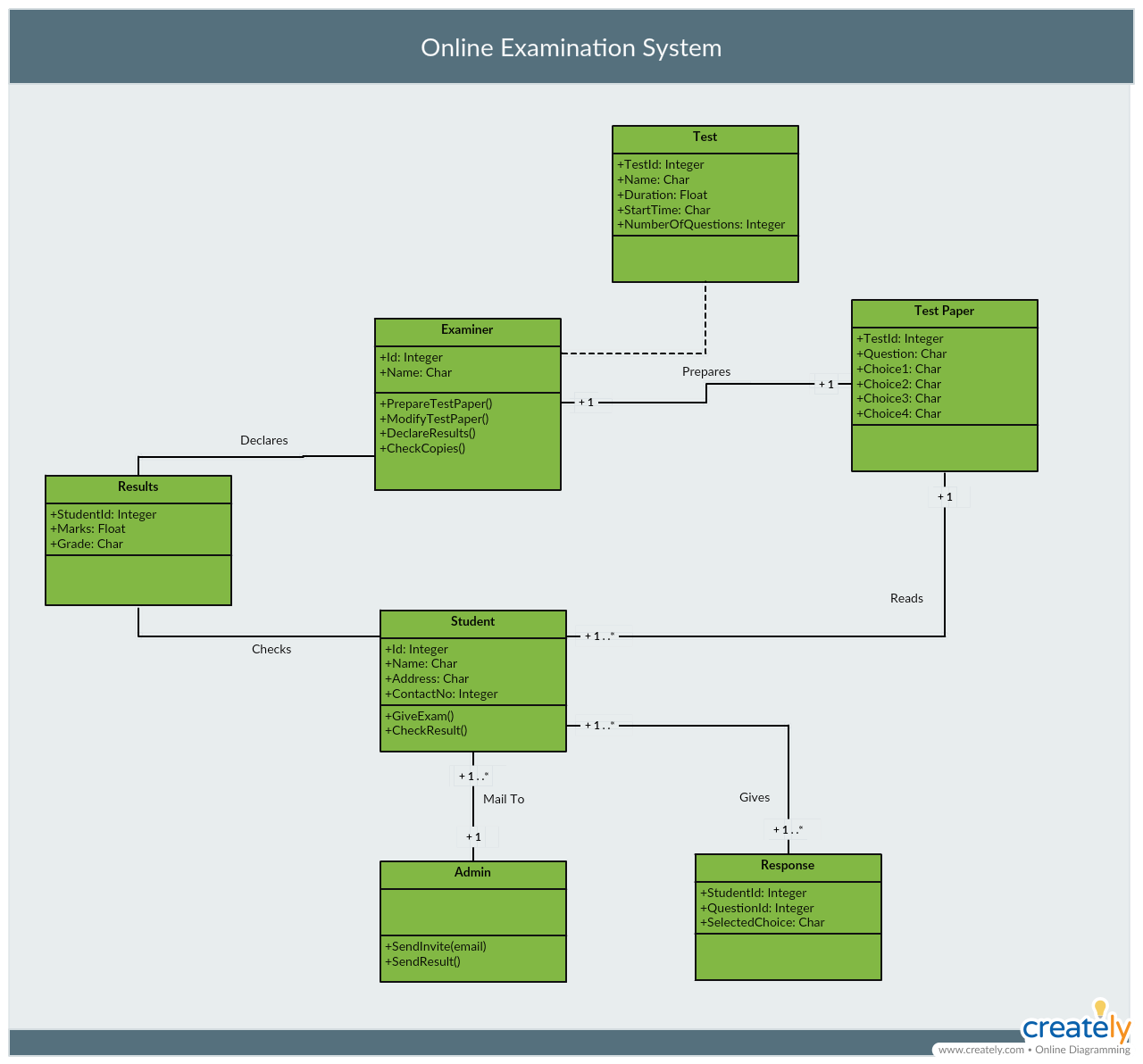

The simple notations, like those in Figure 2, for the elements of a use case diagram are intended to be intuitive, even for a lay person who is unfamiliar with the notation. It means that the actor may be involved in carrying out the task it does not mean that it must be involved, as we shall explain later. The line connecting an actor figure and a use case oval indicates an association between them, which represents communication between the actor and the use case. An actor, shown by a stick figure, represents the role that a human or non-human entity outside the system, often called a user, might play. The detailed description of each use case is held elsewhere.

The contents of the use case ovals represent some tasks or coherent units of functionality, as the UML defines it, which the system performs. In UML, all actors (human or otherwise) are represented by stick figures as illustrated in Figure 2.įigure 2 A use case model for a system for checking in and out of a hotel Representing other systems as actors lets you focus upon your area of concern. For example, in a system that allows people to buy goods over the Internet, the human users will be significant actors, but so too will be the credit card system that enables users to pay for their purchases. The people who use the software system will be one group of actors, but there may be other systems (some of which could be software based) and devices (including computers) that must interact with the intended (software) system, which are also actors.Īn actor is anything outside a software system that interacts with it. This behaviour is what the system does when responding to the events that arise from its interactions with a set of actors. The use cases for a system are a record of the intended behaviour of the system that is visible to its users. In this discussion, we shall use the Unified Modelling Language (UML) notation (diagrams) for use cases to reflect the fact that the development team are the stakeholders as well as the client and the intended users. Use case models act as a discussion tool between the requirements analyst and stakeholders, and offer a common language for agreeing the functions of a proposed system. In this section, we take a closer look at use case modelling, and show you how it can be used to model the requirements for a product that includes the development of a software application or, simply, a system. 6 Use cases and actvity diagrams 6.1 Use case modelling


 0 kommentar(er)
0 kommentar(er)
